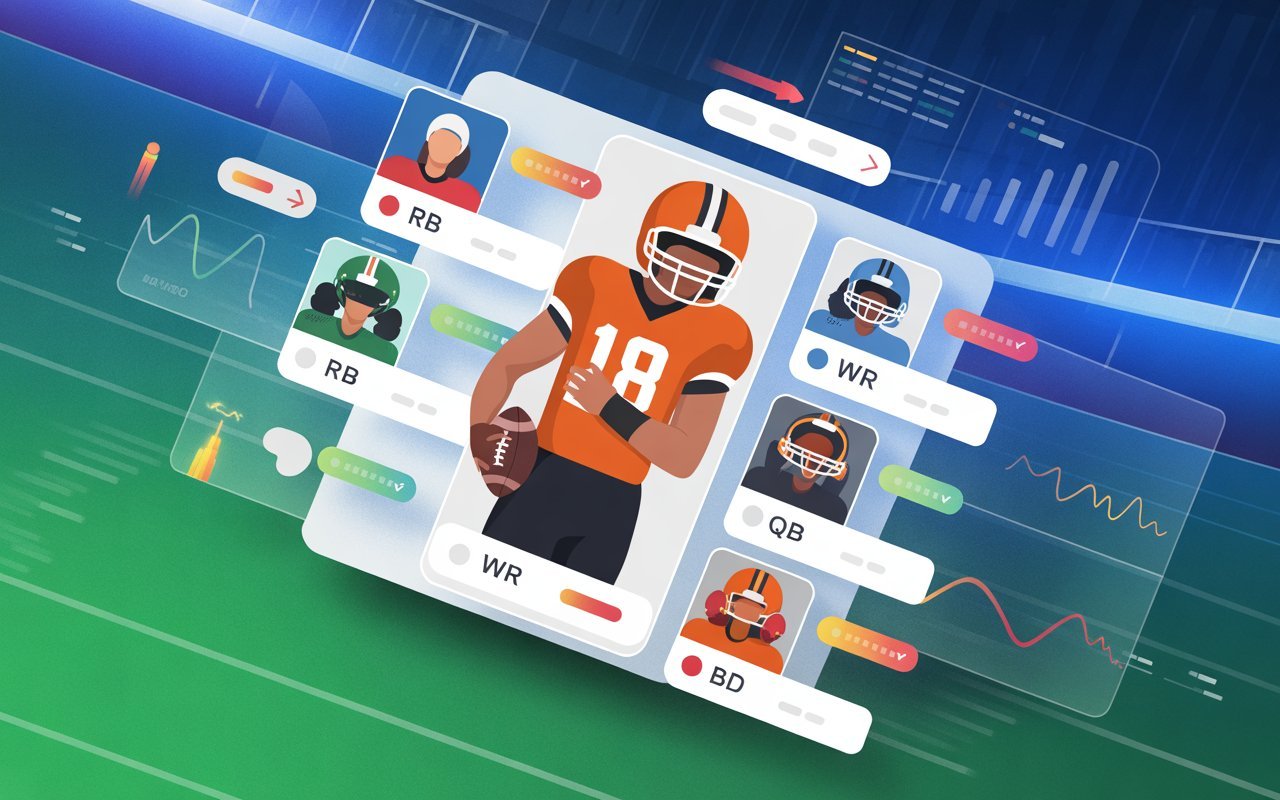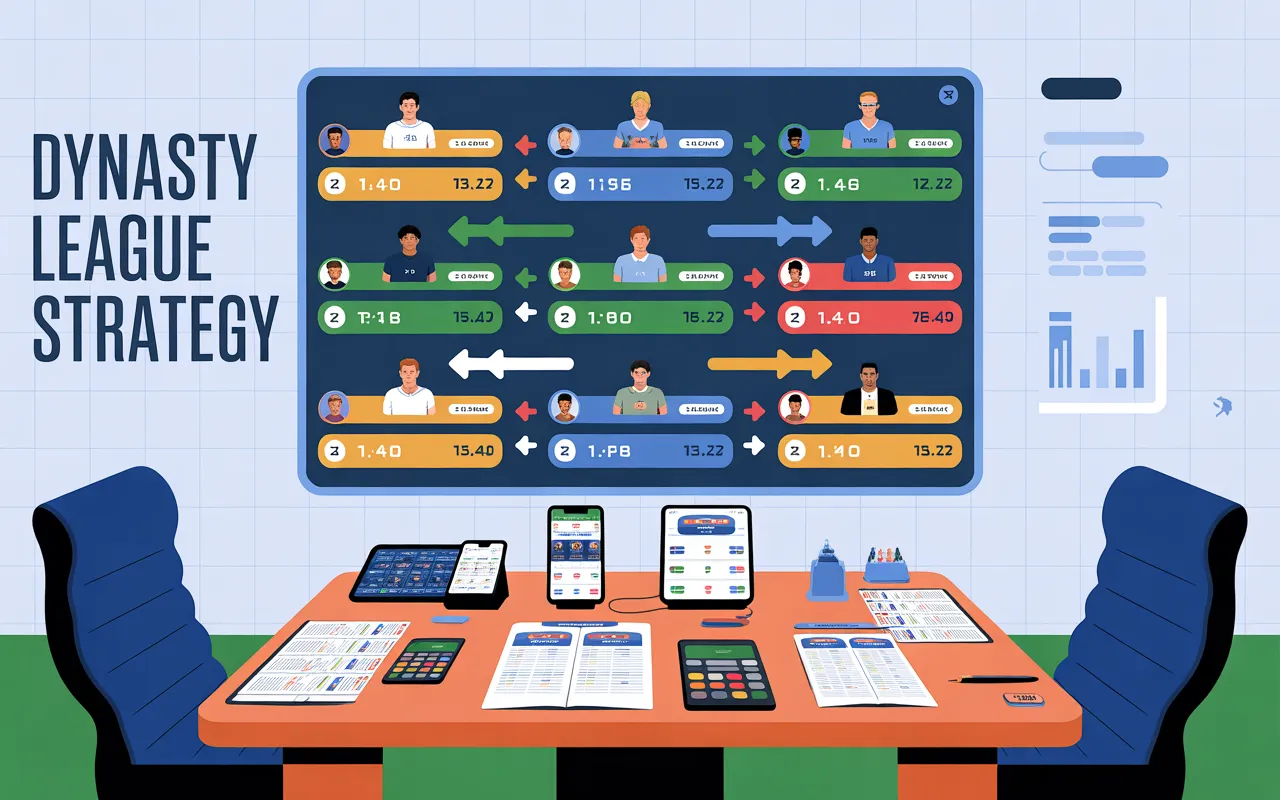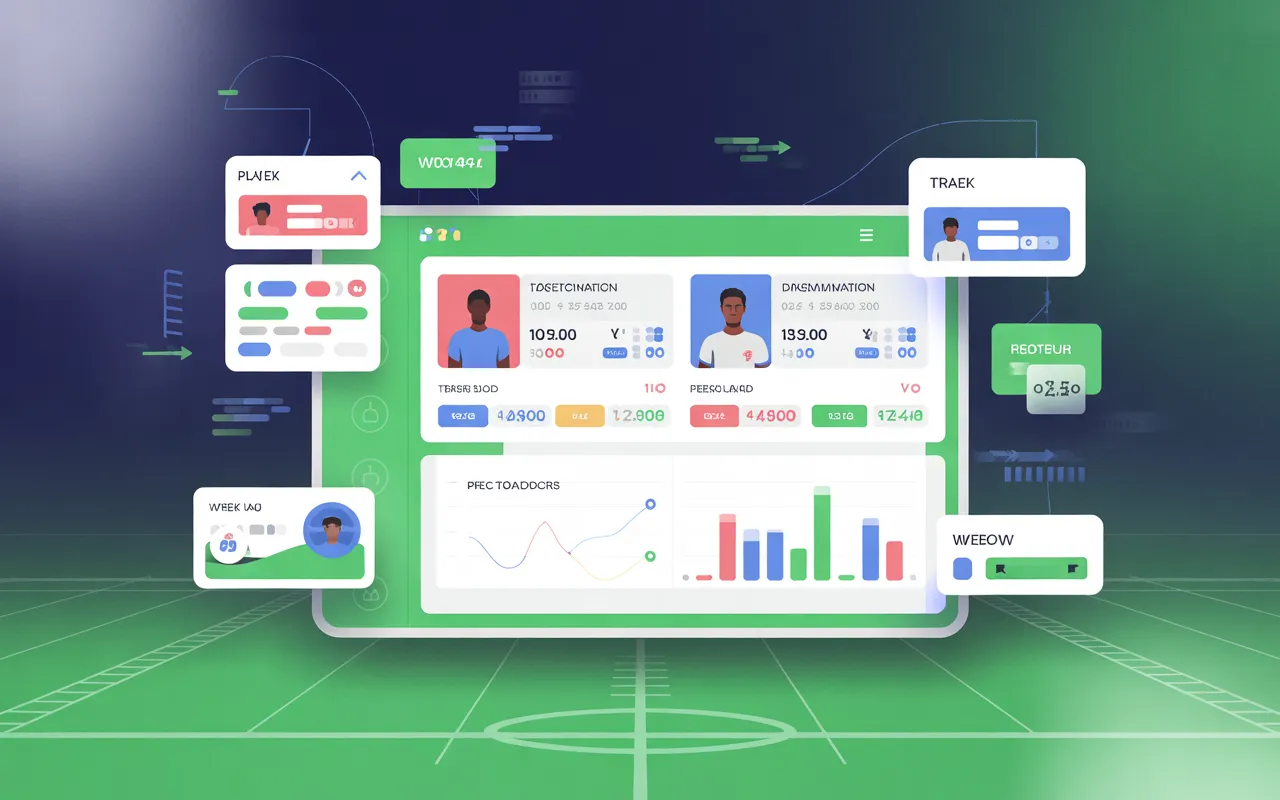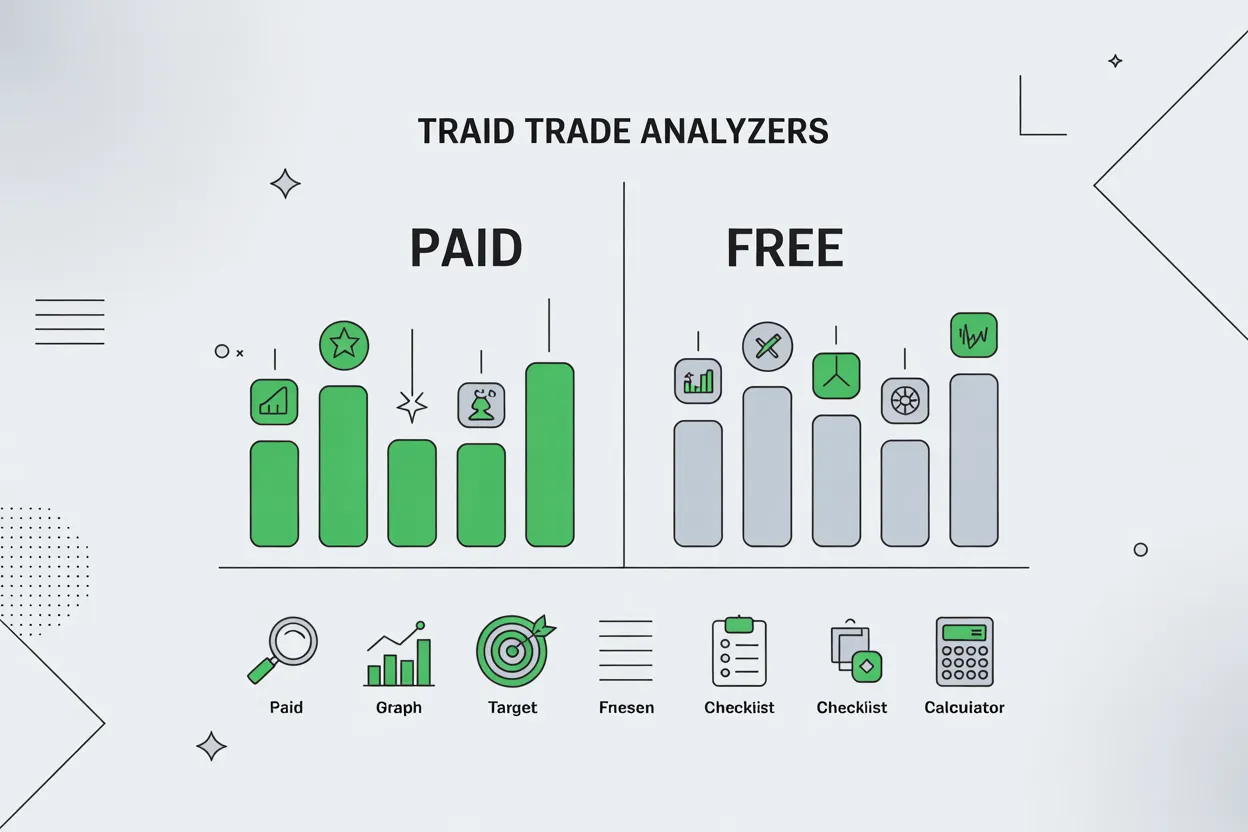You’ve stared at that trade offer for hours, right? Wondering if you should hit “Accept” or walk away. Every fantasy football manager knows that feeling the rush of a potential win or the fear of a deal gone wrong. In 2025, with player injuries, bye-week chaos, and trade deadlines approaching faster than ever, timing your trades can make or break your season.
Knowing When To Accept A Fantasy Football Trade isn’t just about instincts it’s about data, context, and understanding your league dynamics. Whether you play in a PPR, dynasty, or redraft format, learning how to spot the right trade opportunity can turn a good roster into a championship team.
👉 Pro Tip: Use the Fantasy Trade Analyzers tool to instantly compare trade values, project future points, and decide if that offer truly helps your squad.
Your Trade Improves Weekly Lineup Strength Not Just Bench Depth
Many managers fall into the trap of collecting “good” players instead of building a great starting lineup. The first sign that it’s time to accept a trade? It makes your starting lineup stronger right now.
Ask yourself:
- Does this player upgrade your QB1, RB2, or WR2 slot?
- Will it improve projected points this week or over the next three weeks?
- Does it fit your league settings (PPR, half-PPR, or superflex)?
Example: Trading away a depth WR like Tyler Lockett for an every-down RB such as Rhamondre Stevenson may look even on paper but if it solves your RB2 problem, it’s a win.
💡 Fantasy Trade Analyzers helps visualize your rest-of-season (ROS) value and projected points differential before you accept.
The Trade Aligns With Your Season Stage (Early, Mid, or Late)
Timing is everything in fantasy football. What makes sense in Week 3 can ruin your roster in Week 10. Let’s break it down by season stage:
| Season Stage | Trade Focus | Ideal Moves |
|---|---|---|
| Early Season | Upside & breakout potential | Target rookies, high-ceiling WRs, and buy-low RBs |
| Mid-Season (Bye Weeks) | Depth & consistency | Trade for reliable scorers who won’t tank your week |
| Late Season / Playoff Push | Stability & playoff matchups | Acquire veterans with soft playoff schedules |
Example: Trading for Tony Pollard in Week 4 may pay off in December if his schedule lightens up.
If your playoff spot is locked, think long-term. If you’re fighting for survival, go for immediate production.
🔗 Use Fantasy Trade Analyzers to simulate trade scenarios for each season stage and spot your best timing window.
Position-Specific Timing Gives You an Edge
A major mistake fantasy players make is treating all positions equally. The right time to trade a quarterback isn’t the same as for a running back or wide receiver.
Quarterbacks (QB)
Trade early if you drafted two top-12 options. QB value declines as more streamers emerge.
👉 Example: Trading Brock Purdy early for an elite WR is smarter than benching him all season.
Running Backs (RB)
Trade mid-season before injury risk peaks. Use yards after contact and snap count data to spot fatigue.
Wide Receivers (WR)
Trade later in the season once target share and route participation stabilize. Reliable WRs dominate playoff weeks.
Tight Ends (TE)
Trade high after back-to-back TD weeks — volatility is massive.
Bottom line: Position volatility dictates timing. Fantasy Trade Analyzers’s Trade Value Charts adjust dynamically by position and scoring format, so you always know when to strike.
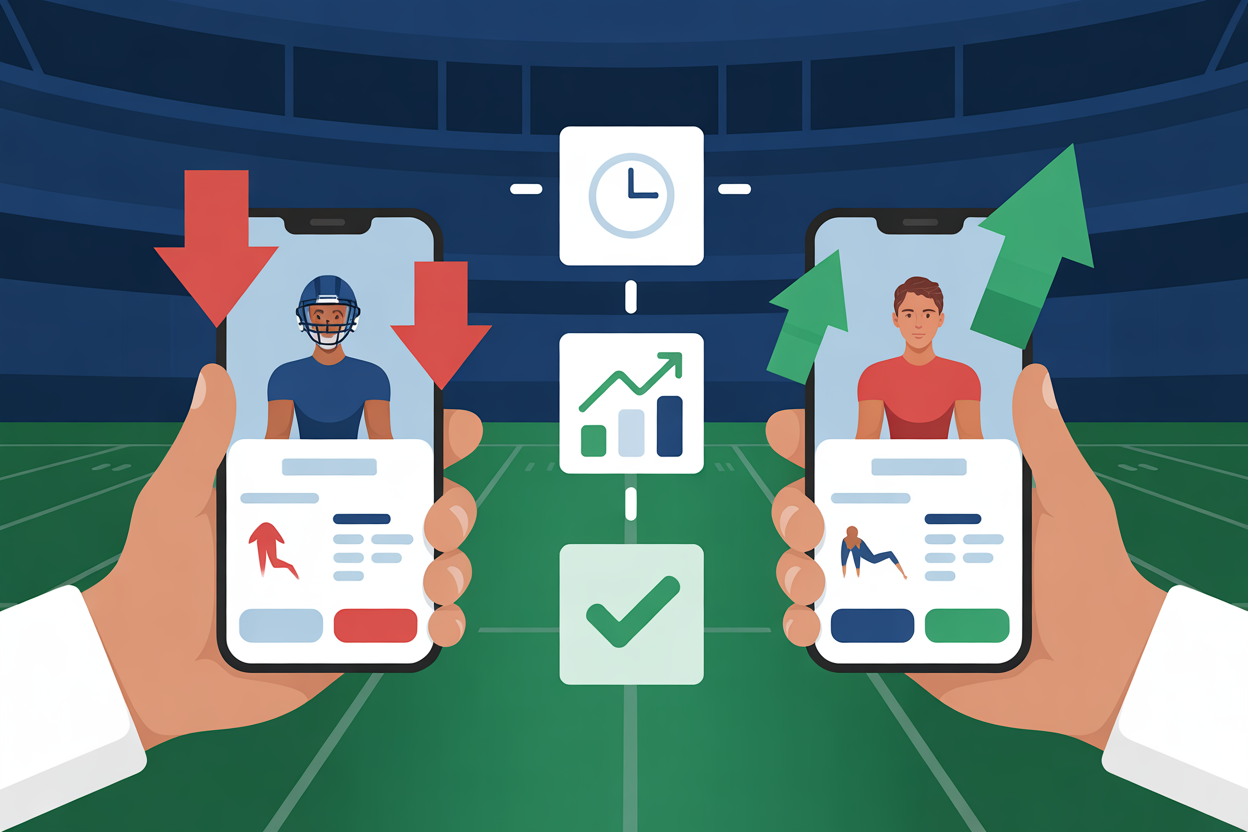
Your Opponent’s Situation Creates Leverage
Sometimes the best time to accept a trade isn’t about your roster — it’s about theirs.
Ask:
- Is your opponent desperate for wins?
- Are they on a bye-week crunch?
- Are they hoarding injured players on their bench?
If they’re short on starters or facing elimination, you can negotiate favorable value. Example: In Week 9, offering a startable RB to a 3-6 manager panicking about bye weeks could land you a top-15 WR.
Psychological Tip: Desperate owners overpay. Confident owners stand firm.
Use Fantasy Trade Analyzers’ comparative projections to see how your trade affects both teams’ starting lineups before you accept.
The Data Backs It Up Trade Acceptance by the Numbers
Emotions ruin trades. Data saves them. Before you click “accept,” look at quantifiable signals:
Key Metrics to Review:
- Projected Points Differential: +10 points over 3 weeks is usually worth it.
- ROS Value Gain: If your total team ROS improves ≥ 5%, accept.
- Consistency Rating: Stable players > boom/bust types when you’re playoff-bound.
- Matchup Quality: Check upcoming defensive strength of schedule.
- Health Status: Avoid trading for players with “questionable” or “limited practice” tags.
Example: If your trade improves average weekly projection from 112 → 122 points, that’s a 9% team improvement — statistically significant.
📊 Fantasy Trade Analyzers’ trade score system automatically computes all of these so you don’t have to guess.
My Personal Experience: The Trade That Saved My 2023 Season
Back in Week 7 of 2023, I was 3-4, hovering near elimination. I traded away Garrett Wilson for James Cook and the league roasted me for it. But I used Fantasy Trade Analyzers, which showed Cook’s projected points per game would rise over the next five weeks due to easier matchups.
Guess what? Wilson’s QB got hurt, Cook exploded, and I snuck into the playoffs. Lesson learned: trust data, not emotion.
Mistake I made earlier? Rejecting trades just because the name didn’t “feel” right. Now, I use metrics like value over replacement (VORP) and usage rate to guide every move.
👉 Fantasy Trade Analyzers helps you see beyond gut feelings and make trades that actually win seasons.
Expert Insights: What Analysts Say About Trade Timing
Matthew Berry, NBC Sports Fantasy Analyst Says:
“Fantasy managers who base trade decisions on future matchups outperform reactive traders by nearly 18% ROI in league outcomes.”
Jake Ciely, The Athletic Says:
“Trading based on emotion not projections is the #1 cause of lost playoff spots.”
According to FantasyPros (2024), managers who make trades between Weeks 4–7 have a 27% higher playoff qualification rate than those who trade later.
Not sure which approach saves more time? Dive into our breakdown of Fantasy Trade Analyzer vs Manual Valuation to find out which delivers smarter trade decisions.
How League Format Changes Your Trade Acceptance Threshold
Each format changes what “good trade value” looks like:
| League Type | Trade Mindset | Example |
|---|---|---|
| PPR / Half-PPR | Prioritize target volume & receptions | WRs and pass-catching RBs hold extra value |
| Standard (Non-PPR) | Touchdowns & big plays drive value | TD-dependent players worth more |
| Dynasty | Long-term outlook | Younger players > short-term vets |
| Superflex / 2-QB | QB scarcity = trade early | Backup QBs are premium assets |
🎯 Use Fantasy Trade Analyzers to set your league format and view value recalculations instantly.
Dealing With Trade Deadlines and Game Week Cutoffs
Fantasy trade deadlines sneak up fast. Don’t get caught off guard.
Key Rules:
- Trades usually lock 1–2 weeks before playoffs.
- Processing time matters if you accept on Wednesday, some leagues delay it until Friday.
- Players traded before Thursday kickoff often don’t count that week.
Before accepting, check:
- Does your platform (ESPN, Yahoo, Sleeper) process trades immediately?
- Will the player’s points apply this week?
💡 Fantasy Trade Analyzers integrates trade timing windows by platform so you know exactly when a deal will activate.
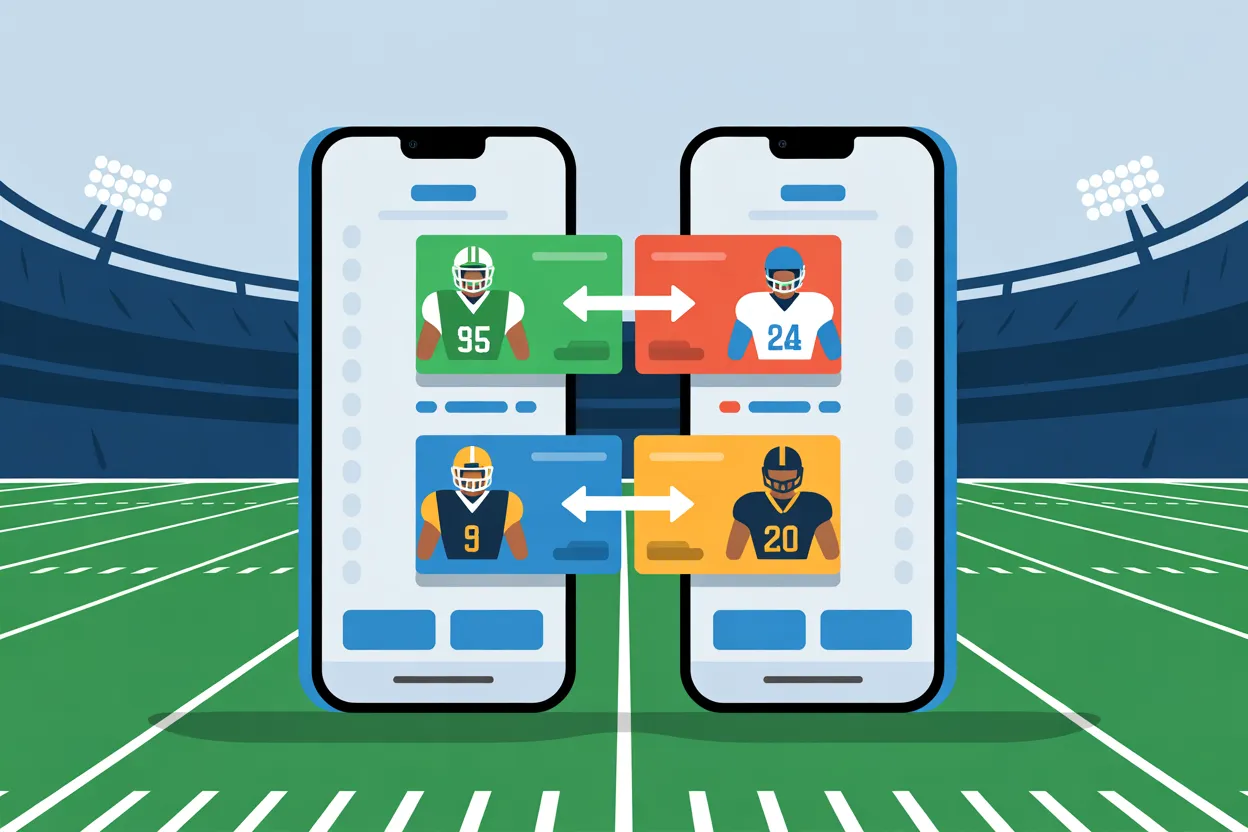
Behavioral Bias: Don’t Let Fear or FOMO Kill Your Trade
We’ve all been there you decline a trade, then watch that player drop 30 points next week. Ouch.
That’s recency bias in action.
Common Biases in Trade Decisions:
- Recency bias: Overrating last week’s performance.
- Confirmation bias: Seeking opinions that justify your gut.
- Fear of regret: Avoiding trades to prevent “what if I’m wrong?” guilt.
Combat bias by:
- Using objective tools like Fantasy Trade Analyzers for neutral trade scoring.
- Setting acceptance criteria (e.g., “I’ll accept if trade value > 5%”).
- Remembering smart managers lose some trades but win long-term.
What to Do If You Don’t Accept a Trade
Rejecting isn’t failure it’s strategy.
Your options:
- Negotiate: Counter with adjusted players or picks.
- Wait: Monitor injury reports or depth chart changes.
- Hit the waiver wire: Stream positions like QB, TE, or DEF.
- Watch handcuffs: RB injuries can open trade windows fast.
Use Fantasy Trade Analyzers to re-evaluate weekly because a “bad” offer today might be gold tomorrow.
FAQs About When To Accept a Fantasy Football Trade
1. How do I know When To Accept A Fantasy Football Trade?
Accept if the trade increases your projected weekly points, fills positional needs, or boosts playoff potential. Tools like Fantasy Trade Analyzers make this calculation simple.
2. Why should I use Fantasy Trade Analyzers instead of others?
Unlike basic calculators, Fantasy Trade Analyzers includes league format settings, injury updates, and dynamic player value charts, giving you context-rich insights — not just numbers.
3. What’s the best timing to accept trades before playoffs?
Weeks 7–10 are prime enough data for projections, but before injury chaos hits. Fantasy Trade Analyzers tracks value swings so you never trade too late.
4. Should I trade injured players or hold them?
Trade only if injury outlook is uncertain or you’re deep enough to wait. Check injury reports and projected return timelines before deciding.
5. What if I regret a trade later?
It happens. Track performance trends and use Fantasy Trade Analyzers weekly to monitor whether your trade value is trending up or down.
Conclusion
The best fantasy players know that trades win championships. Timing, psychology, and analytics all play a role but the smartest managers let data guide their decisions.
So next time you wonder When To Accept A Fantasy Football Trade, don’t guess. Analyze. Compare. Confirm.
👉 Try our free Fantasy Trade Analyzers tool today and get instant, data-driven insights before your next deal. Don’t let the trade deadline pass — make your move like a pro.


